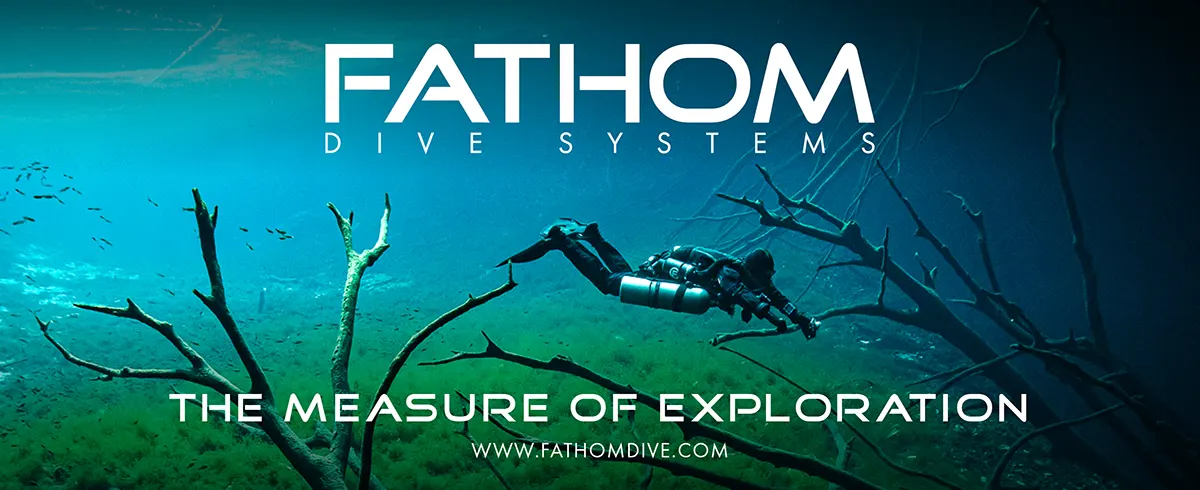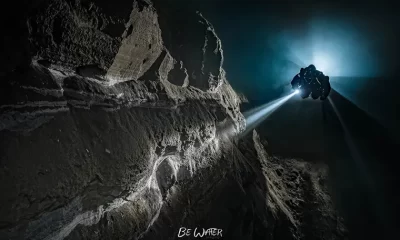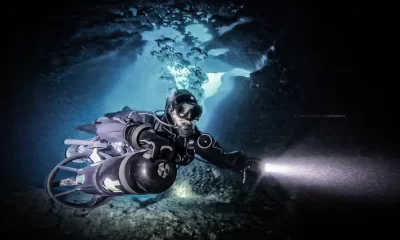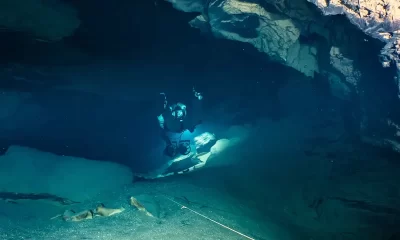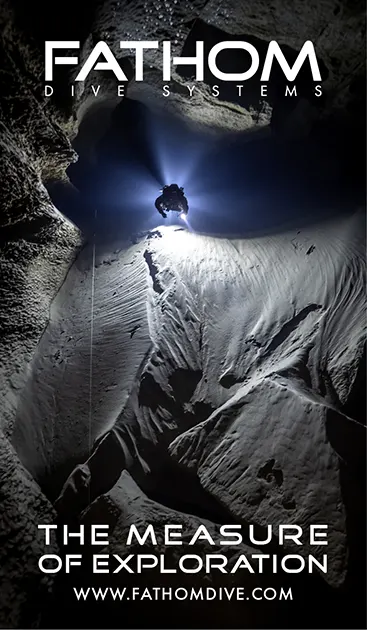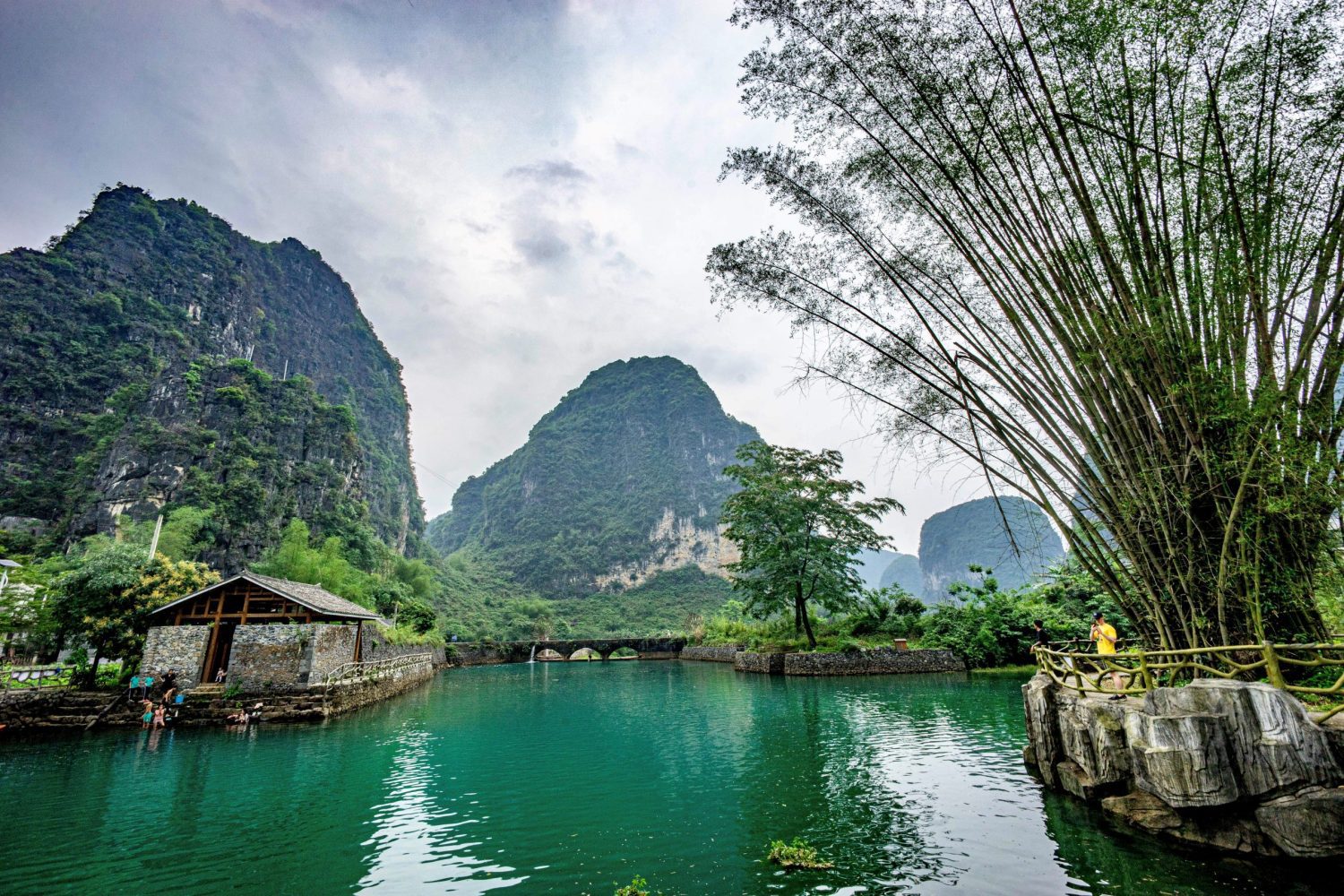
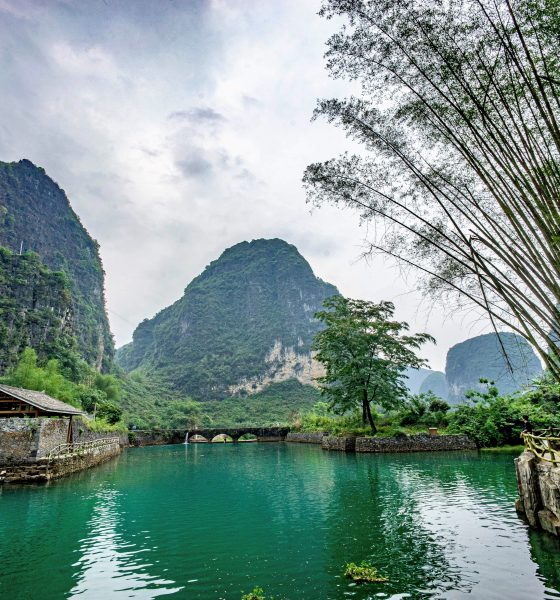
Cave
Cave Diving, Du’an China Edition
Finnish tech instructor and explorer Jani Niskanen takes us for a plunge into the underwater world of South China Karst, which was designated a UNESCO World Heritage Site in 2007. Break out the NAV kits.
by Jani Niskanen. Special thanks to Edmund Yiu for additional information on cave diving in China.
Photos by Jani Niskanen unless noted.
Du’an, located in rural southern China, offers majestic hills and clear rivers, is quite the contrast to the bustling megacities of China, and is only a two-hour drive from Nanning, the provincial capital of Guangxi. Du’an is easily as beautiful as the world-famous Yangzhou area, with fewer tourists. Divers are attracted to the magnificent landscape of rivers and caves and underwater cave formations, which are some of the most beautiful in the world.

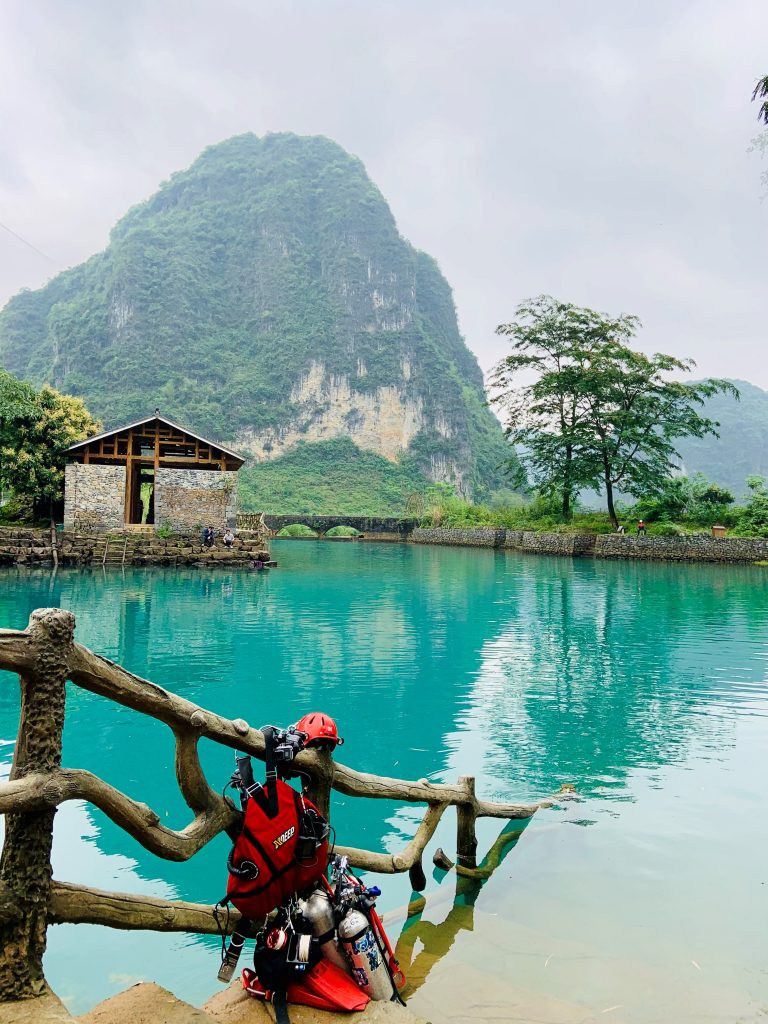
The area is part of the huge expanse of the South China Karst system which spans from Guizhou, Yunnan, and Guangxi provinces all the way to Vietnam, and was designated a United Nations Educational, Scientific and Cultural Organization (UNESCO) World Heritage Site in 2007. In fact, according to one estimate, the province boasts more than 10,000 kilometers of underground rivers that supply water to the people in the area. As a result, there are many entrances and stairways built by villagers to collect water, some with pumping stations, that were not originally made for diving access. Getting access is not easy as they are located in rural mountainous area with no cellular reception or GPS navigation. Instead, one must rely on guides who know the area.

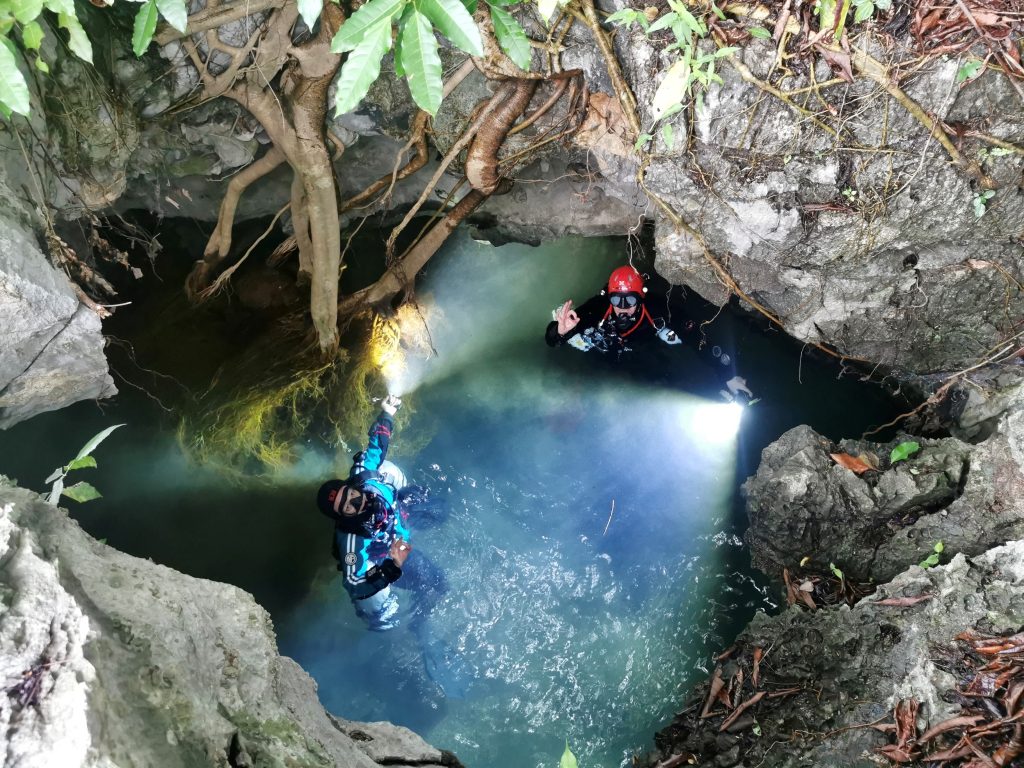
Cave diving in Du’an began in the 1970s when the first Russian divers visited the area, to observe the underground rivers. According to local knowledge, the next team to visit was a British group that entered the area in the end of the 1980s. The actual official underwater research and mapping were started by a French team of divers in 2011. After that, they visited the area annually until 2019.
The caves in the area vary in size from the spacious cavities to extreme restrictions that a diver can hardly negotiate through. Inside the caves, seasoned explorers can admire stunning stalactites and stalagmites formed thousands of years ago when many of these caves were dry, though the deeper areas that have been carved out by water flow are not decorated. In fact, in some of the deeper passages the walls are perfectly smooth as a result of water flowing through them over millennia. Diving in these caves feels as if you are diving through time.
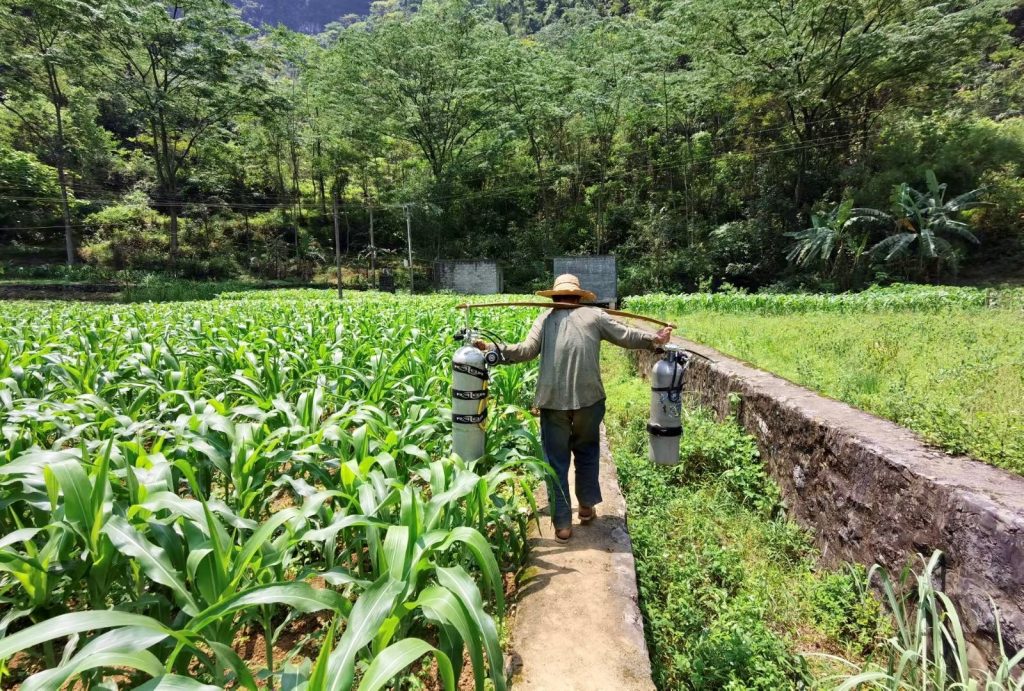
The Du’an region experiences strong seasonal fluctuations in water level, which in some places can vary as much as 40m/130 ft between dry and wet seasons, affecting both the flow and visibility. Diving in Du’an requires a Full Cave rating, and other technical diving training is highly recommended since the caves are rather deep and you will be likely racking up deco during your dives.
The deepest explored caves in Du’an exceed 230m/750 ft, however average depths for our dives ranged from 30-40 m/100-130 ft. According to the locals, the best time to dive in Du’an Caves is in either April to May or October to November, some say as late as January, when the water situation in the caves is optimal.
Our Underground Journey
Our ten-day dive trip took place at the end of April, when the underground water level had just begun to rise in the springs; consequently, there was almost no flow, and we were forced to carry our tanks far inside the cave to begin the dive. We dived open circuit, and typical gas set up for the dive was to have 32% enriched air in our sidemount tanks and then we left a tank of 100% oxygen for decompression on the line at 6 m/20 ft. We managed to dive ten caves with a total runtime of 576 minutes.
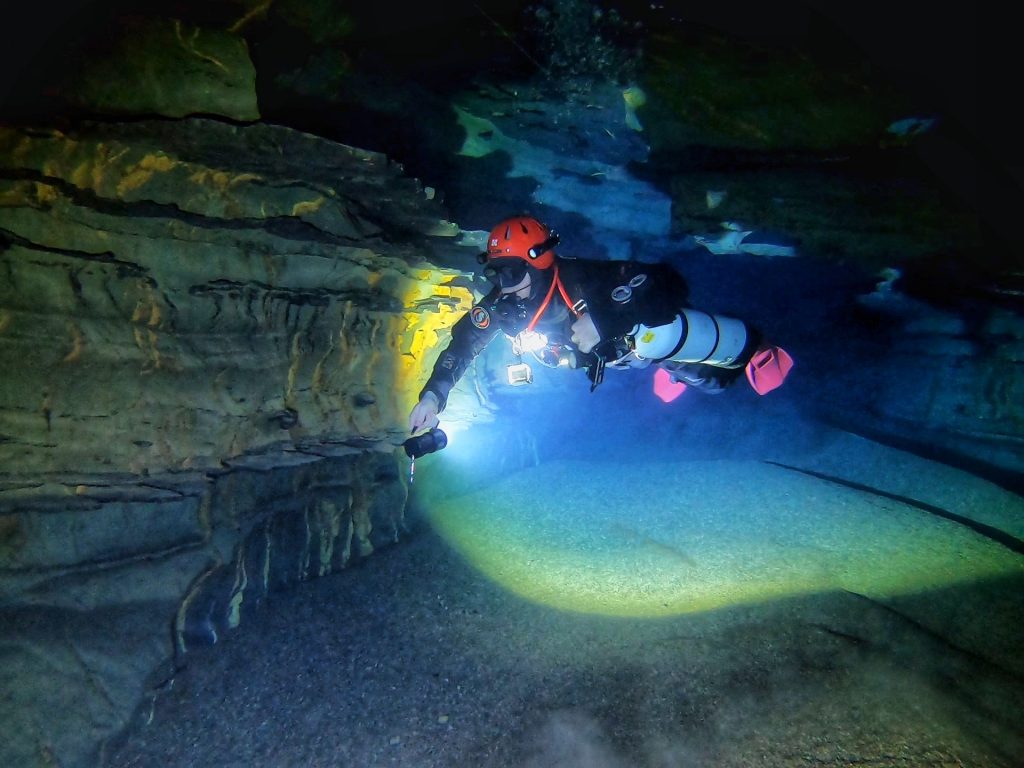
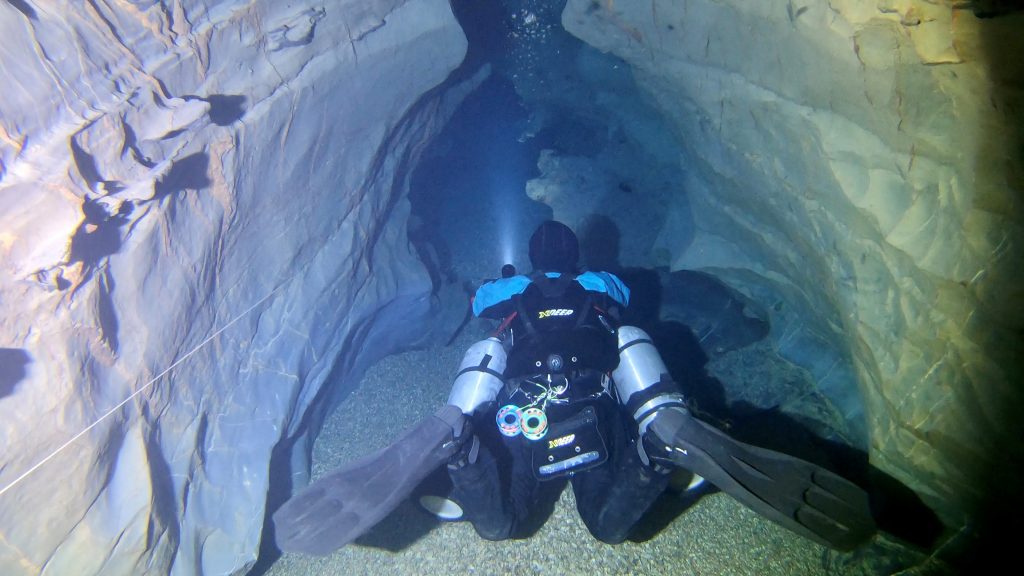
In some of the caves, we encountered extremely narrow passages, making sidemount configuration and single cylinders better for safety, convenience and logistics. Although the visibility ranged from 15 m/49 ft to 2 m/7 ft, the water temperature was a pleasant 20 degrees Celsius/68 degrees Fahrenheit. Drysuits are recommended, but gloves weren’t needed, which made our exploration more enjoyable. At the end of the ten days, we realized we left plenty to explore for our next expedition to this amazing region.
Du’an has one diving center, Blue Flag International, which was originally set up by the Tourism department of the Du’an county government with the help of the French exploration team in 2010/2011, who put in an extensive gas blending system. This modern and fully equipped dive operator is ready to serve even the most demanding of divers. They can support mixed gas divers conducting open circuit trimix and closed circuit rebreather diving. Oxygen is relatively inexpensive and easy to source locally, and helium is generally less expensive in China than in other parts of Southeast Asia.
Cave diving instructor and local legend, Han Ting, runs the shop. He has explored over a hundred caves in this area and has leads to many more—there are many caves waiting to be explored.
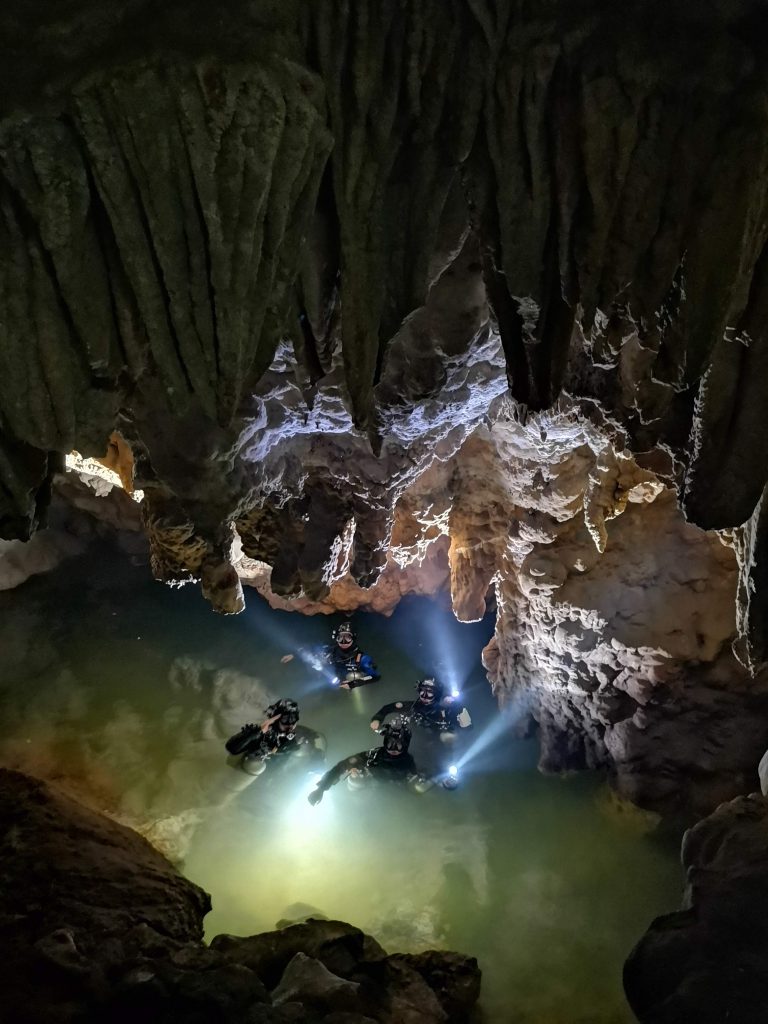
Scuba diving is a growing sport in China. Before COVID-19 restrictions, Chinese divers traveled to Southeast Asian tropical destinations, such as the Philippines and Thailand. Now that the restrictions are in place, divers have sought out domestic dive sites like those in Du’an and diving clubs and shops have begun to organize trips within the country. In addition to the caves of Du’an, there are domestic destinations like Hainan Island, which offers tropical warm waters. An even more exotic location is diving sunken portions of the Great Wall of China.
This story was originally published in Sukeltaja Magazine, the magazine of the Finnish Diver Federation, in May, 2021
Dive Deeper
UNESCO: South China Karst
World Heritage Datasheet: South China Karst
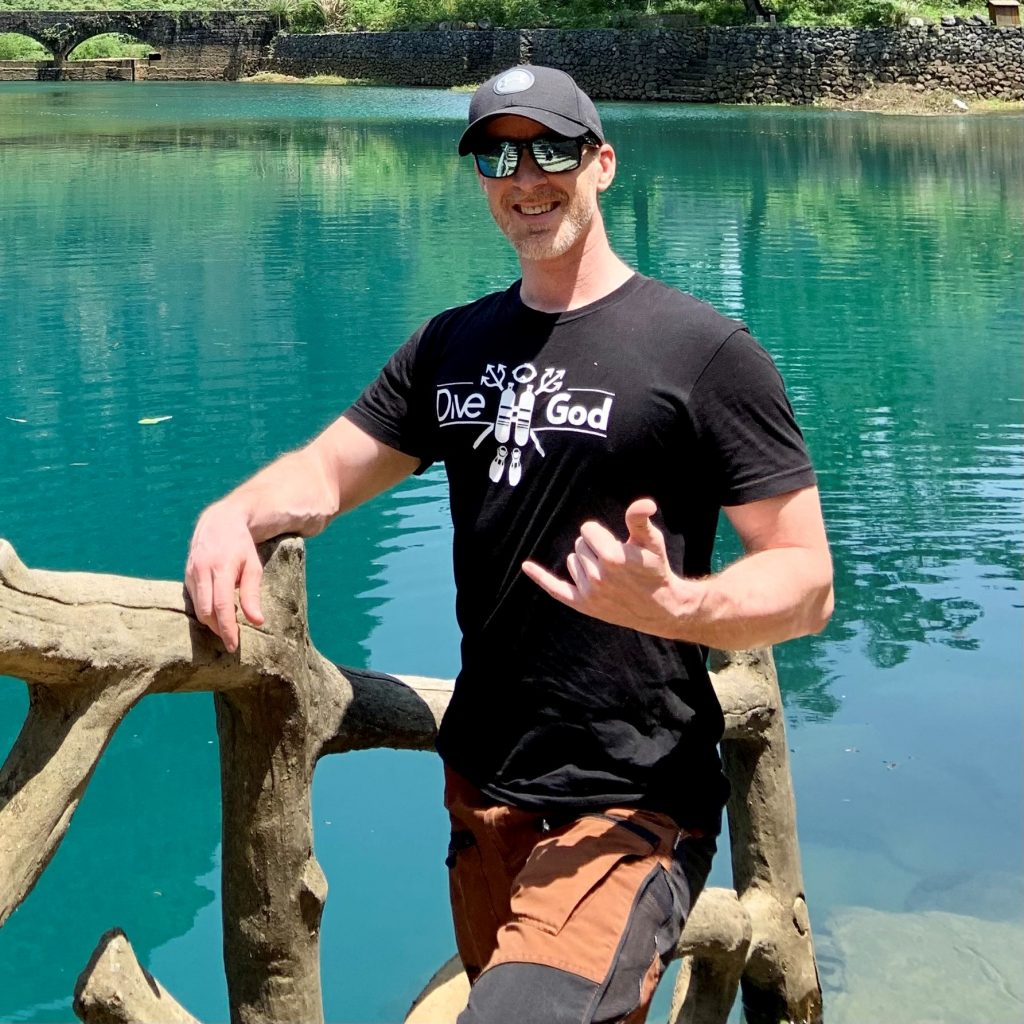
My name is Jani Niskanen. I am an SDI/TDI and PADI instructor with multiple specialties, including TDI cavern. I am TDI Full Cave Diver, and PADI Trimix. I am experienced in sidemount, single and double back mount diving in different environments, warm and cold waters. I am an EFR and FRIT instructor and a registered nurse with over 14 years of experience in the field in ATLS/ACLS emergency care mobile unit. I am a veteran and I have worked several years as a combat medic with the Finnish defense forces in many deployments. I am a scuba technician, compressor operator and trimix blender instructor. I have worked with diving in Thailand, Philippines, Mexico, China and I am dedicated to making good divers and not just “ticking the boxes”. Currently I work at the Finnish Embassy in Beijing, China.
You can find Jani here on Instagram and on Facebook at Expeditiondivers










